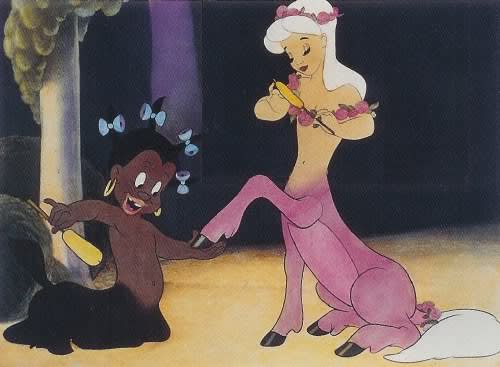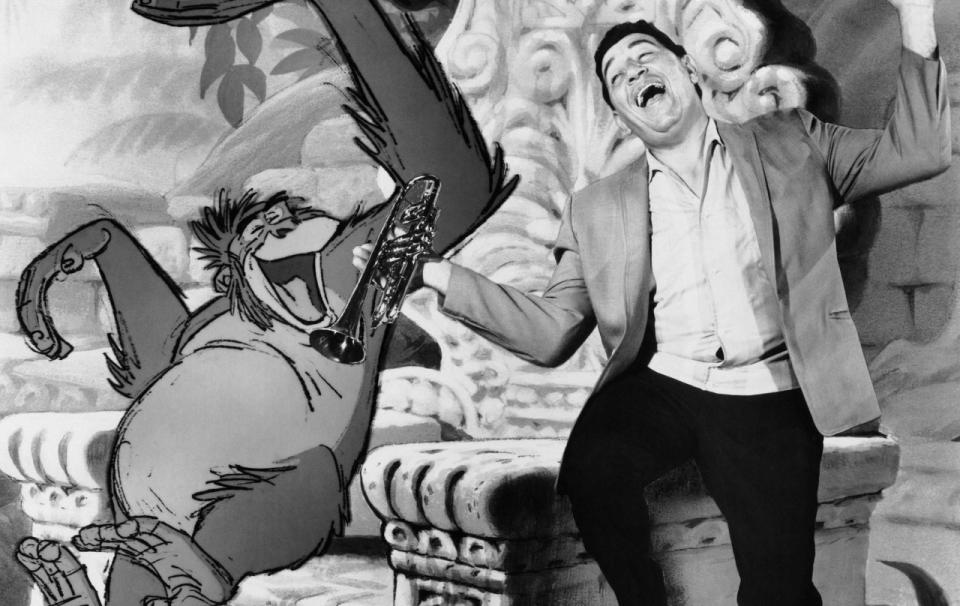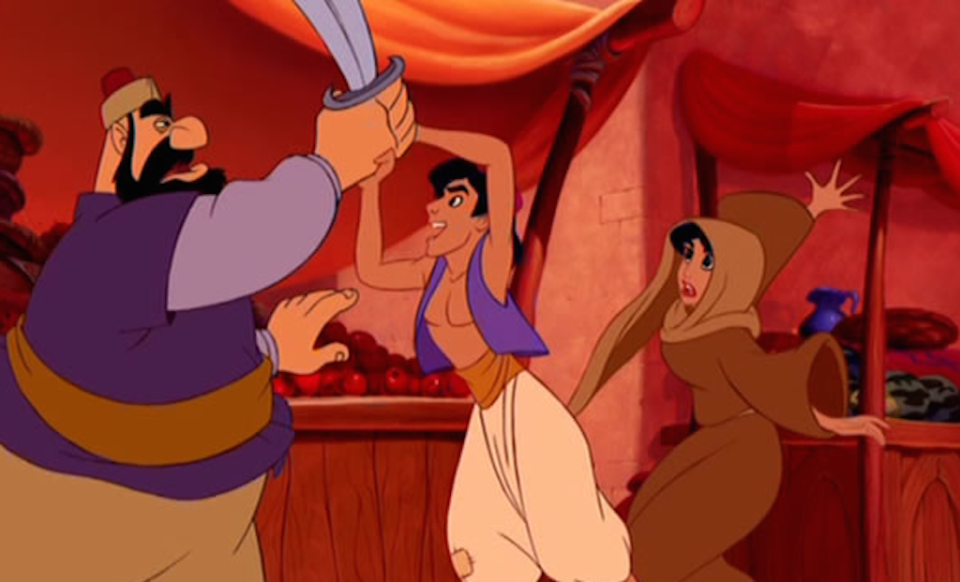Six Disney Films That Have Been Accused Of Racism

Animated movies have become so much a part of the Hollywood narrative that these days you don’t even need to co-opt a small person for an excuse to see the latest dazzling work of creativity from Pixar, Disney, Dreamworks Animation or Universal Animation Studios (home of the Minions). But the history of the genre has thrown up some worrying stereotypes too, and even modern day movies can’t entirely escape the whiff of controversy.
One eminent US political scientist recently criticised current Universal smash ‘The Secret Life of Pets’ as a clumsily manufactured “allegory for black pain”, labelling Kevin Hart’s Snowball the Rabbit an ill-conceived proxy for the black power movement with his determined rally against the oppression of cute, furry animals (aka African Americans) by humans (a proxy for white people).
And yet further back in the annals of animated history are some far more worrying examples of deeply ingrained prejudice.
Peter Pan’s racist “Red Indians”

JM Barrie’s presentation of a tribe of “picaninnies” living on Neverland in the story of the boy who never grew up has caused problems for generations of film-makers, with Warner Bros’ recent ‘Pan’ also coming in for controversy over the “whitewashing” of Rooney Mara’s Tiger Lily. But the 1953 Disney version was unashamed in its depiction of the local “Red Indians” as savage, pidgin English-speaking subhumans, who at one point are hunted by the Lost Boys as an alternative to lions and bears. The song ‘What makes the Red Man Red’ is perhaps the movie’s low point, as Tiger Lily’s dear old dad Big Chief fondly recalls how the tribe got their distinct scarlet colouring and developed the habit of saying “how” at every available opportunity.
Sunflower the slave centaur in Fantasia

A year before ‘Dumbo’, Disney gave us the half African-American, half-donkey Sunflower who only seems to exist to help her preening white centaur counterparts get dressed. The scene was considered so racist that the studio later edited the offending character and other black, servile centaurs out of subsequent theatrical and DVD releases altogether.
Dumbo’s jive-talking crows

Disney’s 1941 film marked the first time “black” characters were given a major role in a feature-length animated movie, but the rendering of Dumbo’s kind-hearted pals as pimp-hatted, jive-talking drifter types hardly makes them champions of burgeoning diversity. The presence of white singer Cliff Edwards as the lead crow only adds to the minstrel show air of the birds’ song ‘When I See an Elephant Fly’. And if there were any doubts that the studio hadn’t really got its head round this whole civil rights thing, he’s also named Jim Crow after the deeply racist laws being enacted across the South to disenfranchise African Americans.
- 'Secret Life of Pets’ Bites Off Huge $103.2M Opening
- Disney Developing Live-Action 'Dumbo’ Movie
- The Alternate Ending of the Original 'Jungle Book’
King Louis the Ape in The Jungle Book

Louis Prima and Louis the Orang-utan in 1967′s The Jungle Book
Jungle Book author Rudyard Kipling had his own issues with deeply-ingrained prejudice: the wolves in his 1984 short story ‘Mowgli’s Brothers’ can be read as the whites of the British Raj holding out against the savage animals that constantly threaten their existence, with the monkeys of the tale representing the multitudinous Indians. If so, Disney’s 1967 fable did little to quell the air of controversy: King Louis the Orang-utan, with his Dixieland jazz stylings, has often been described as a proxy for the African American experience. His song ‘I Wanna Be Like You’, with its lyrics about feeling socially and educationally disadvantaged, hamfistedly smashes home the point. Disney originally considered jazz legend Louis Armstrong, but ultimately settled on white New Orleans singer Louis Prima to avoid the controversy likely to result from casting a black man in the role. It didn’t work.
Sebastian the workshy Caribbean crab from The Little Mermaid

Beneath the cheery surface of the Jamaican crustacean’s Oscar-winning calypso ditty “Under the Sea” lies a swirling tsunami of cultural stereotyping. Sebastian, who speaks in a cod-Caribbean lilt despite voice actor Samuel L Wright hailing from North Carolina, sings about the joys of unemployment away from the scary human world above the waves. “Up on the shore they work all day,” he croons happily. “Out in the sun they slave away / While we devotin’ / Full time to floatin’ / Under the sea!” As if to hammer home the point, Seb introduces his pals the Duke of Soul and the Blackfish, both of whom represent fishy takes on something out of the ‘Black and White Minstrel Show’.
The opening song of Aladdin

Arab-Americans were none-too-impressed by a line in the 1992 movie that seemed to tar the entire Middle East as a place where parts of the human body are likely to be lopped off for the most minor indiscretions. Arabia is described as a far away place “where they cut off your ear/ If they don’t like your face,” with the song concluding: “It’s barbaric, but hey, it’s home.” Disney agreed to change the lyrics for the DVD version, but the movie still features a scene in which a swarthy Arab marketplace trader attempts to chop off Princess Jasmine’s hand for the crime of stealing an apple.
Picture Credits: Disney/Universal/Rex Features

 Yahoo Movies
Yahoo Movies 
